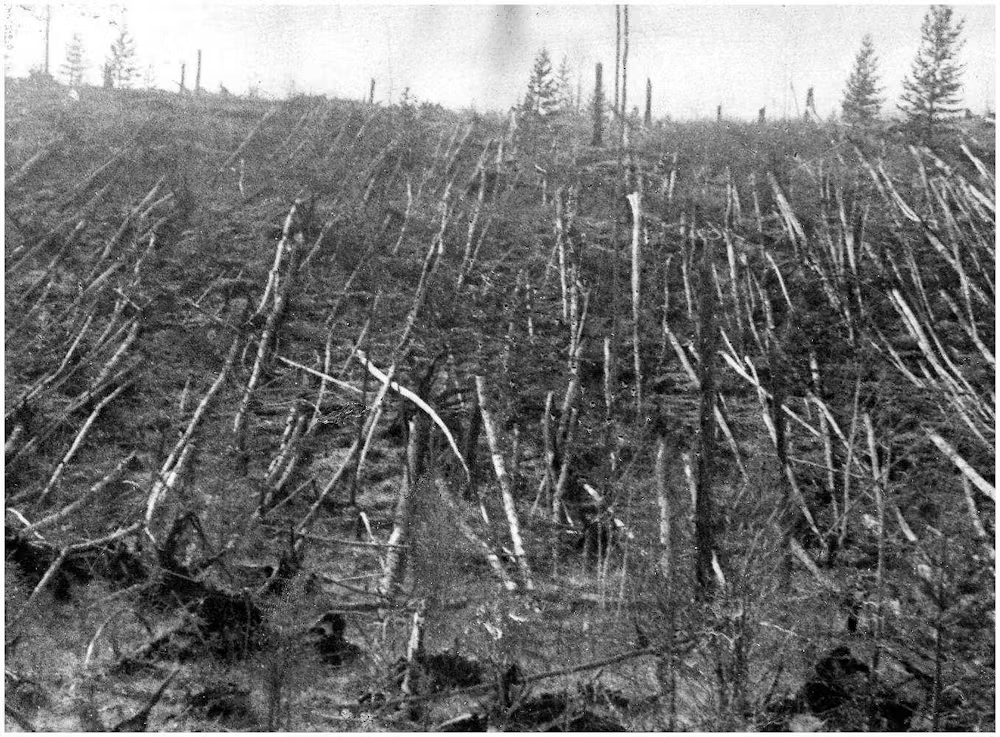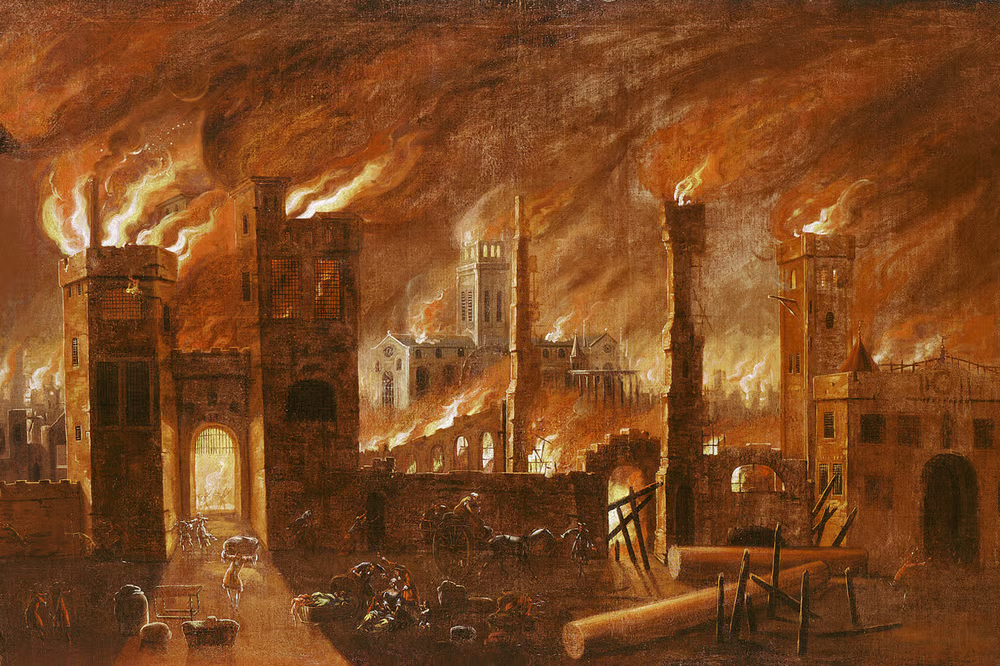In the early morning of June 30, 1908, a massive explosion rocked the remote Tunguska region of Siberia, flattening over 80 million trees across 2,150 square kilometers. Witnesses described a fiery object streaking through the sky followed by a shockwave so powerful it shattered windows hundreds of kilometers away. Yet, no impact crater was ever found, and for decades, scientists were baffled by the cause of the event. Today, experts widely believe a meteoroid or comet exploded mid-air, releasing energy equivalent to 10–15 megatons of TNT—about 1,000 times more powerful than the Hiroshima bomb.
What sets the Tunguska Event apart is not only its sheer scale but also the mystery that surrounded it for so long. The remoteness of the region delayed scientific expeditions; it wasn’t until 1927 that Russian scientist Leonid Kulik led the first investigation. The absence of a crater and the strange patterns of tree fall led to numerous alternative theories, including anti-matter, black holes, and even alien spacecraft—none of which have held up to scrutiny.
Modern research, including computer modeling and atmospheric studies, has reinforced the theory of an airburst caused by a stony asteroid entering Earth’s atmosphere at high velocity. The Tunguska Event remains the largest impact event in recorded history, offering vital insight into planetary defense and the risks posed by near-Earth objects. It stands as a reminder that while the Earth may seem calm, the cosmos is still capable of sending shockwaves through our lives—literally.







